No article found or not published for this site.

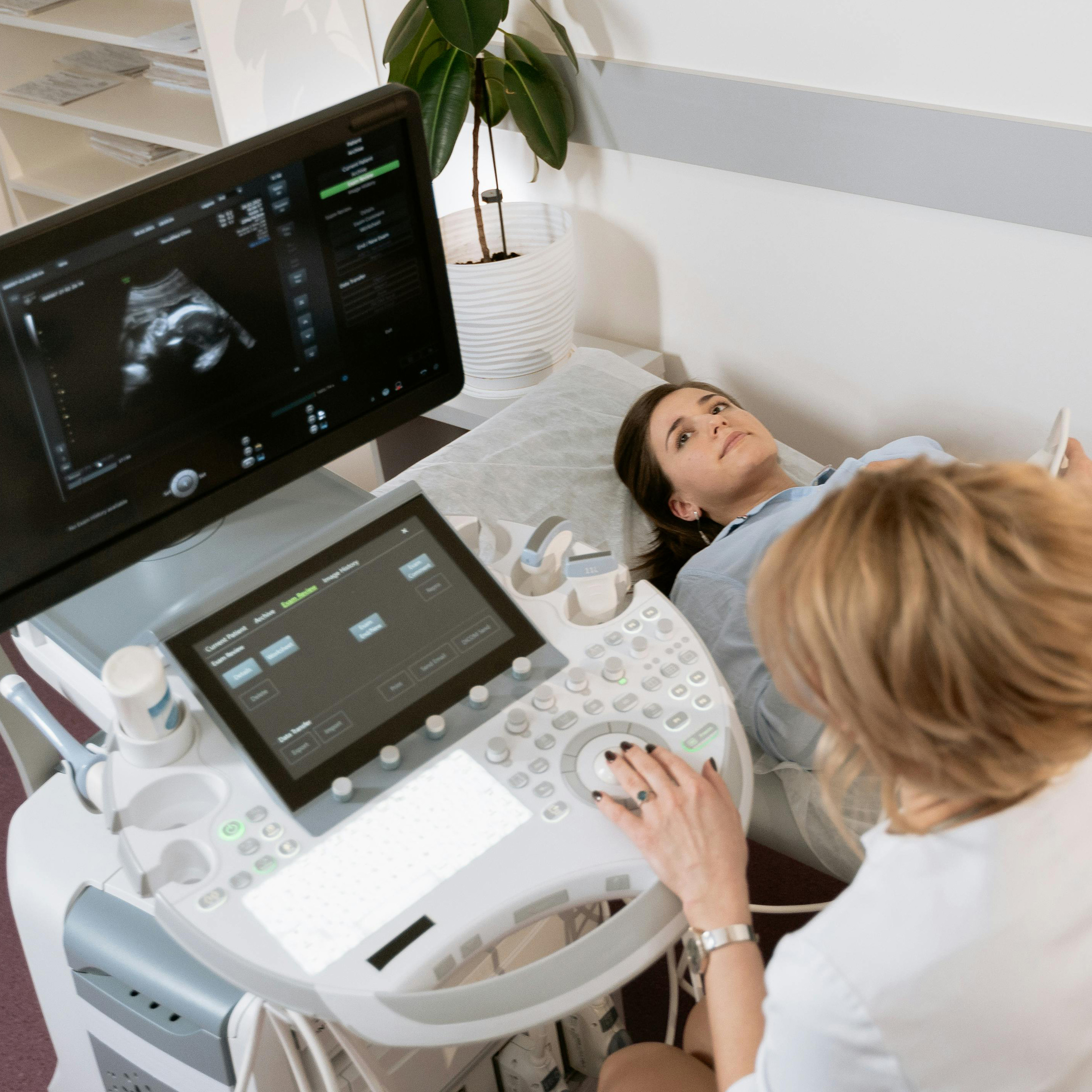
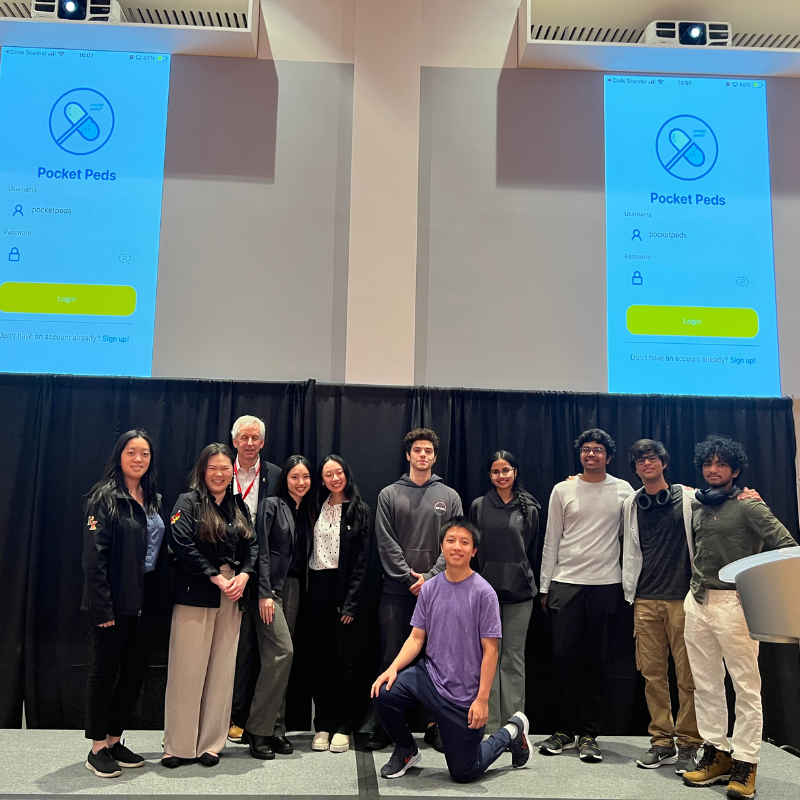


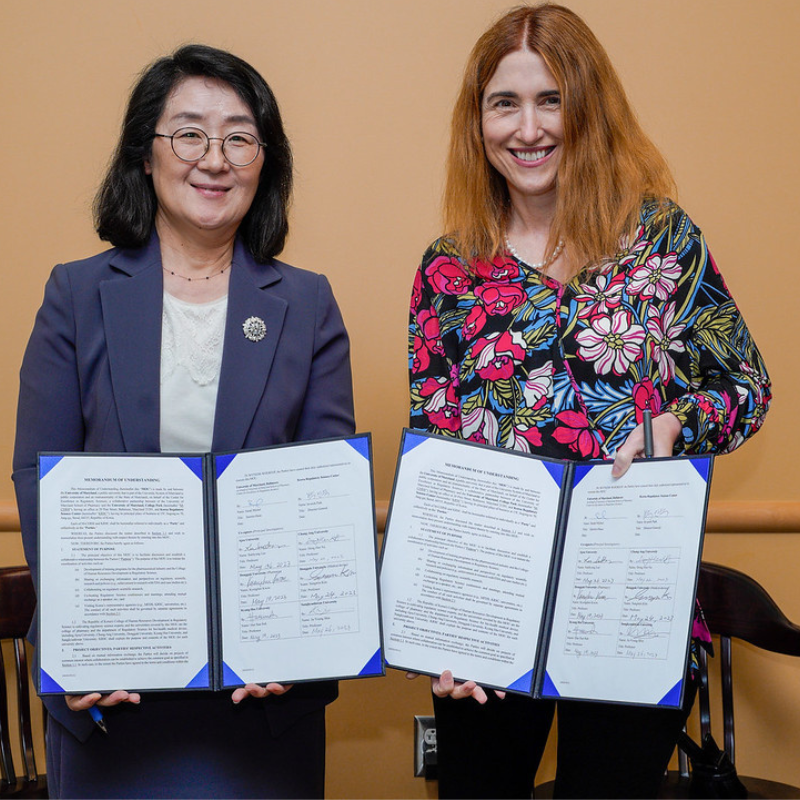

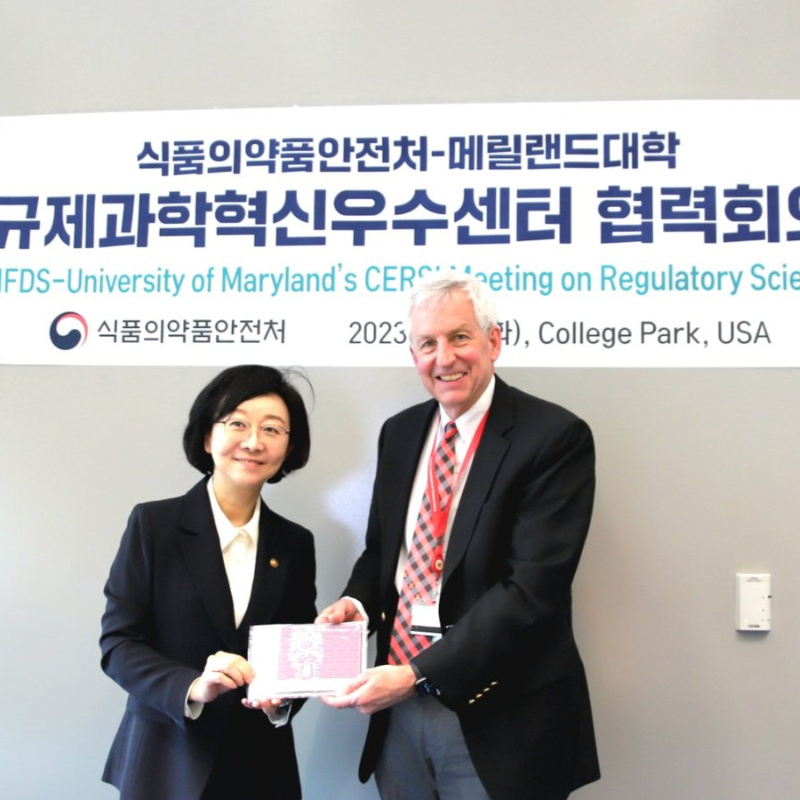

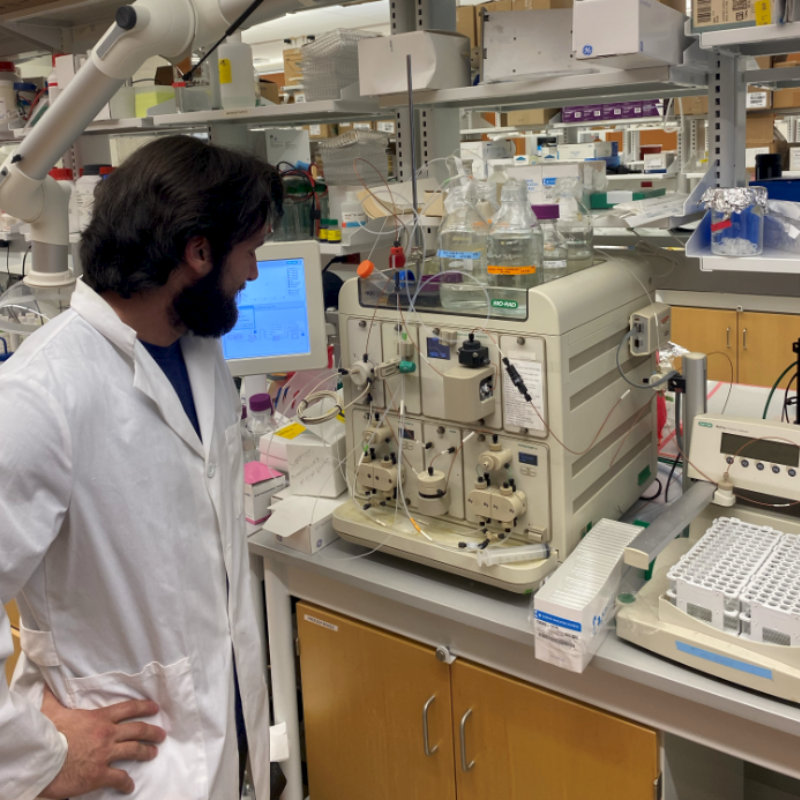
Recent Stories
Stories / Feb 20, 2025
Impressive ideas and robust research showcased at America’s...

Stories / Aug 9, 2024
FDA Awards $350K To Researchers Advancing Female Reproductive...

Stories / May 24, 2024
PocketPeds and UMD App Development Club Celebrate Upcoming App...

Stories / Apr 23, 2024
PocketPeds App wins 12th Annual M-CERSI America’s Got...

Stories / Dec 5, 2023
Jim Polli Appointed MPower Professor

Stories / Jun 9, 2023
M-CERSI signs MOU with Korean Regulatory Science Center

Stories / May 5, 2023
2023 Winners of the America's Got Regulatory Science Talent...

Stories / Apr 6, 2023
M-CERSI and Korea's Ministry of Food and Drug Safety (MFDS)...

Stories / Feb 16, 2023
Clinical Lab Scientists Win 11th “America’s Got Regulatory...

Stories / Jan 5, 2023
Jay Awarded $300K FDA Grant to Support Extracellular Vesicle...
